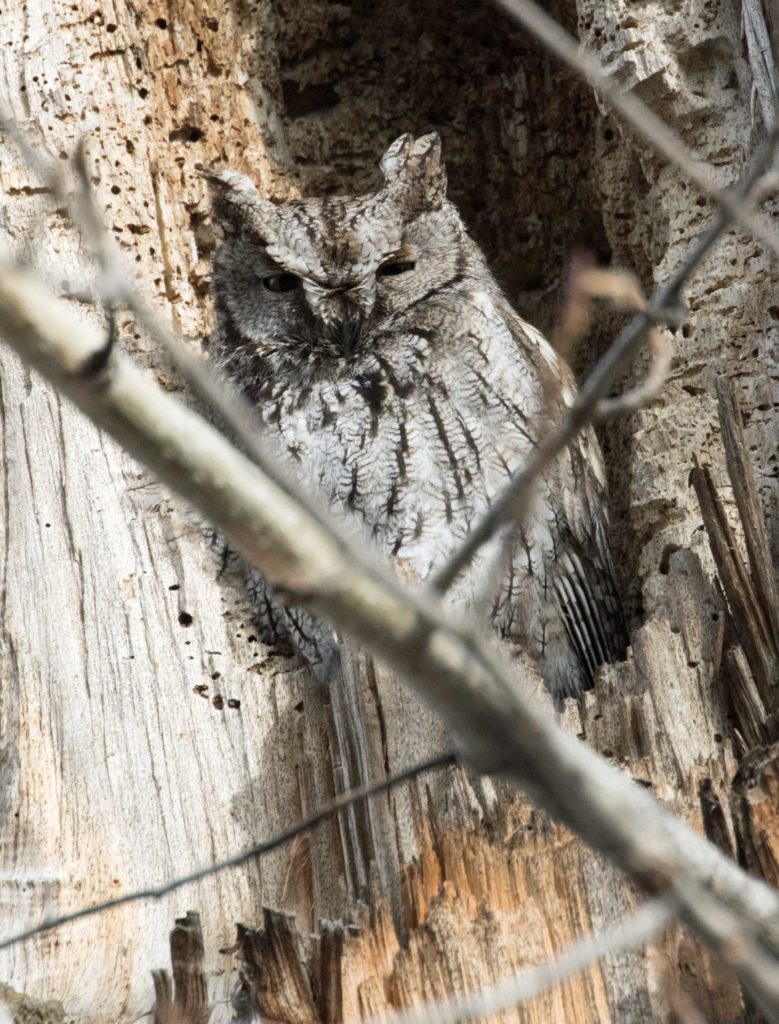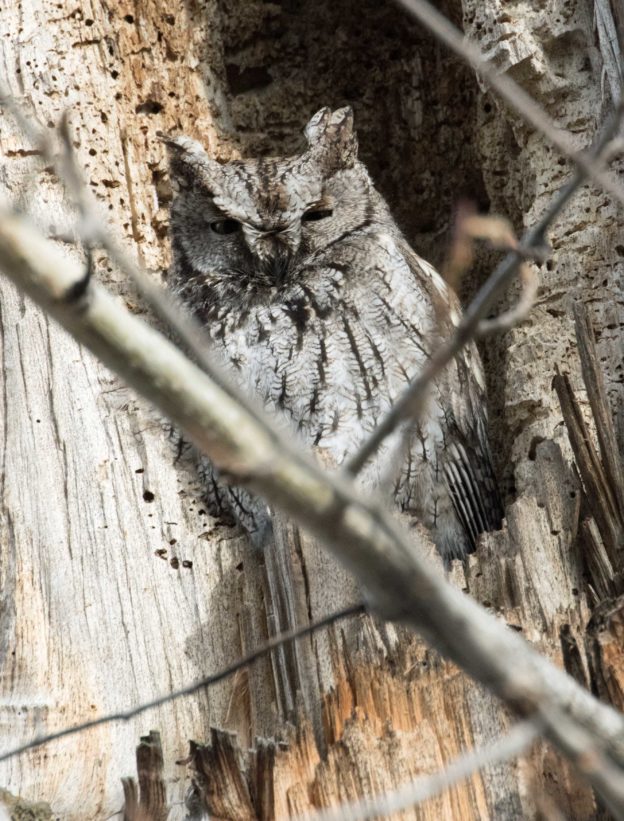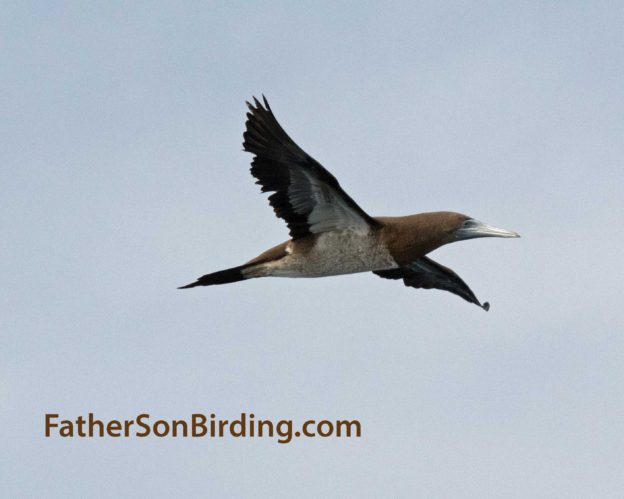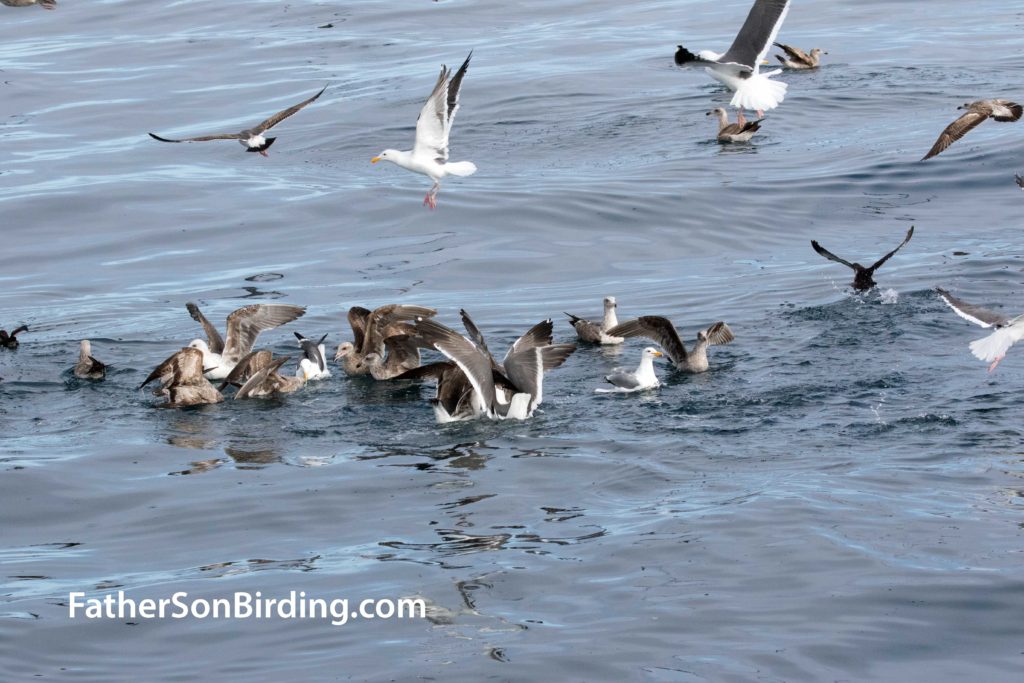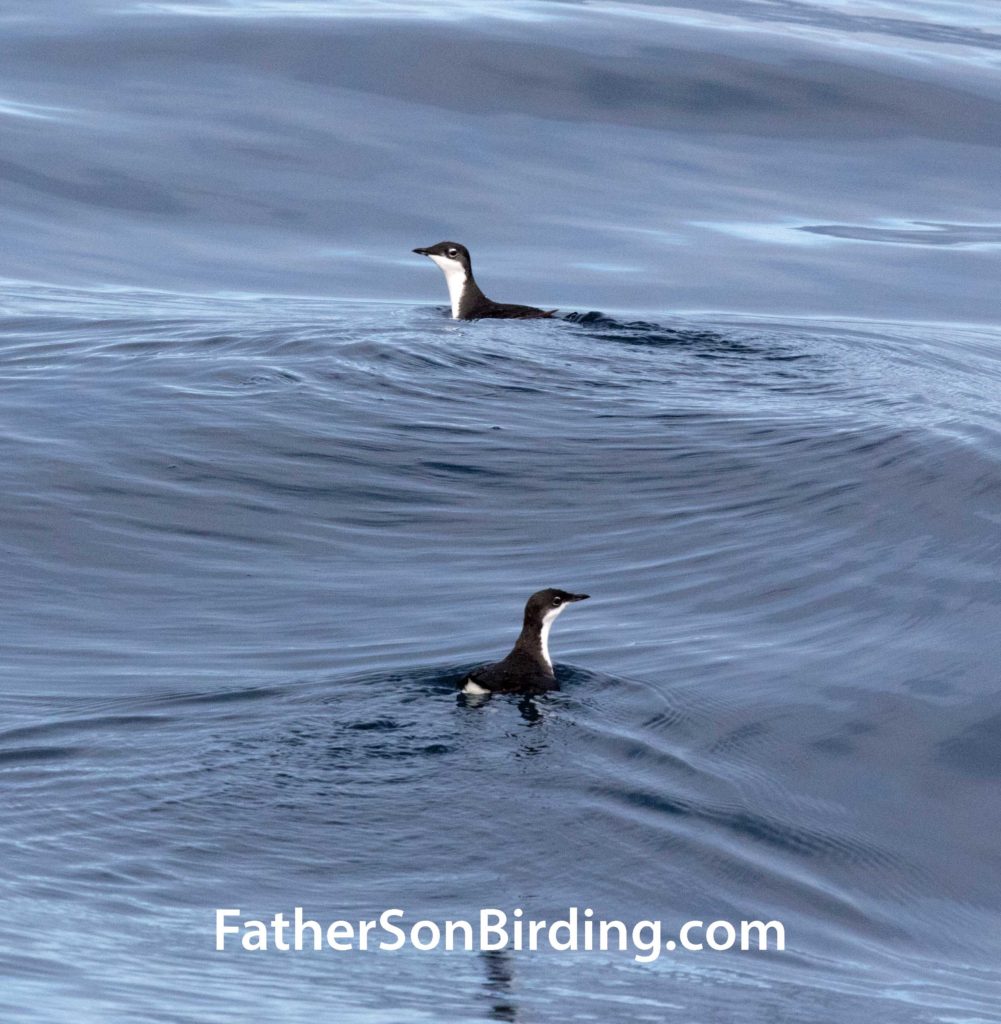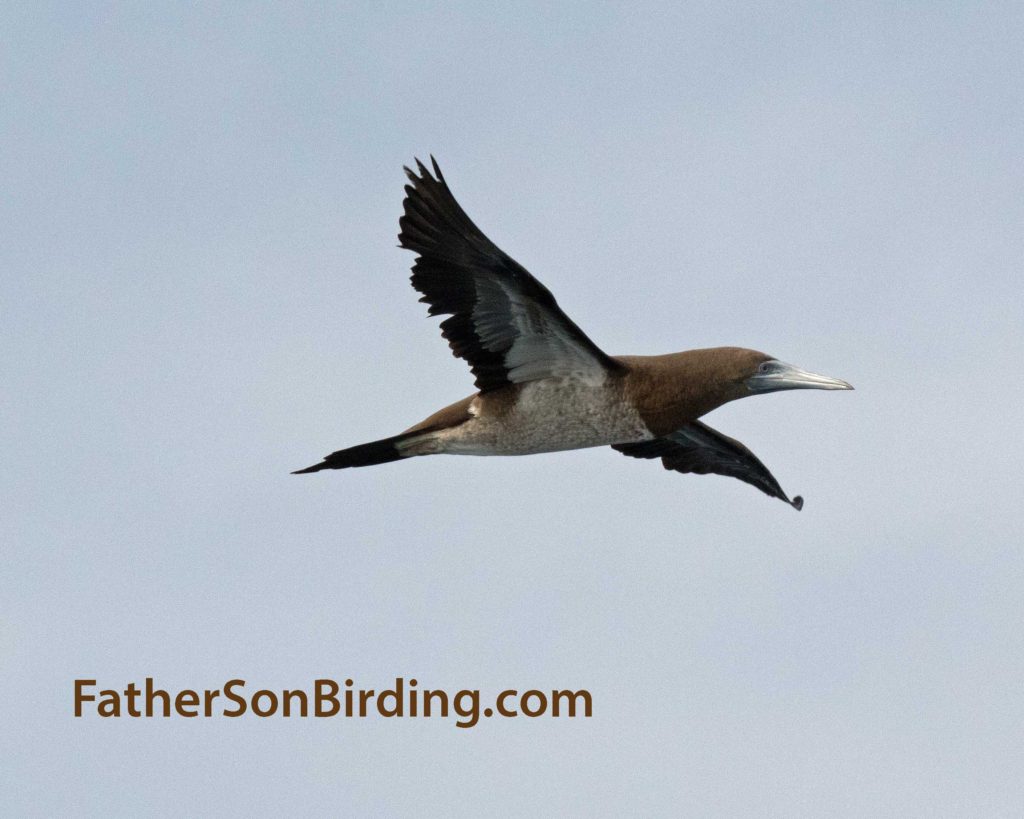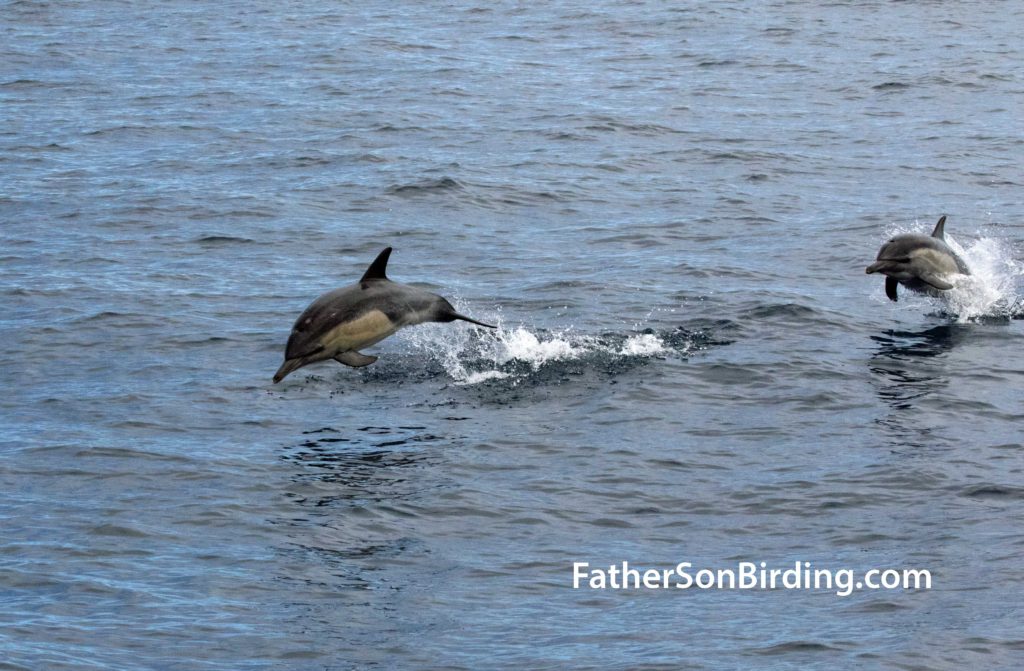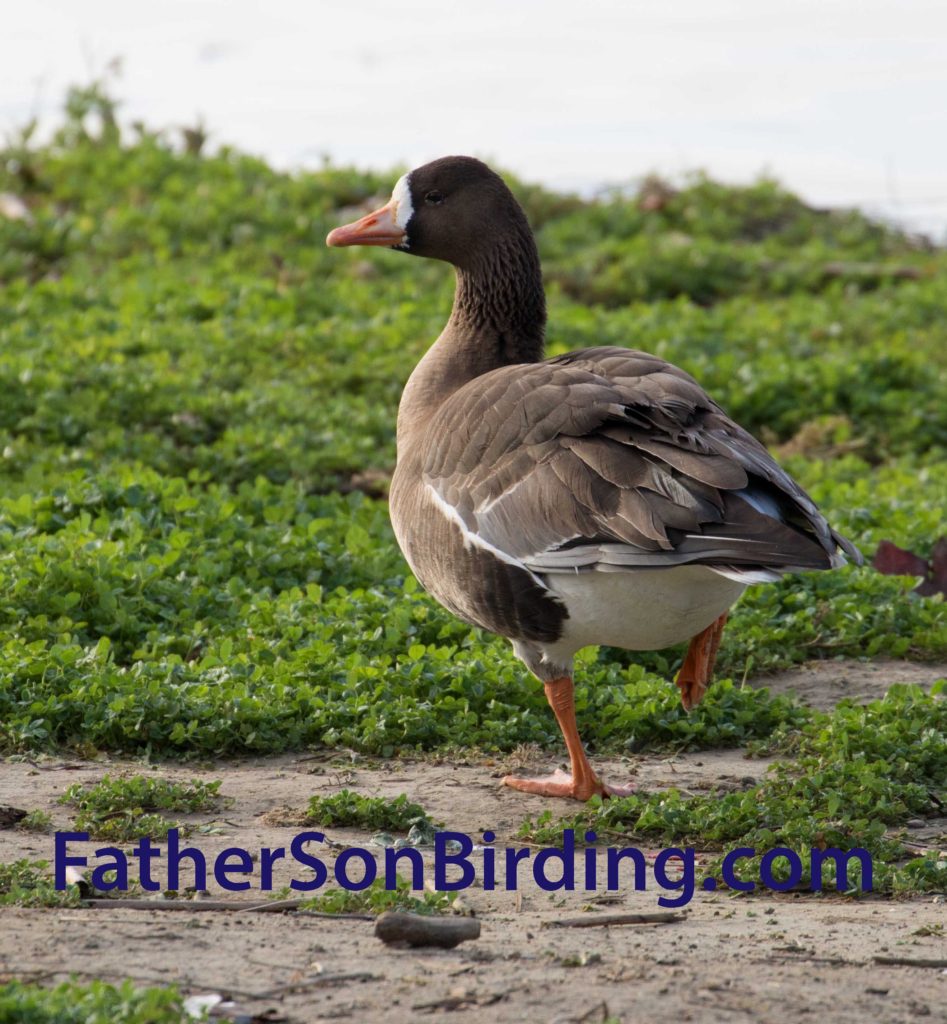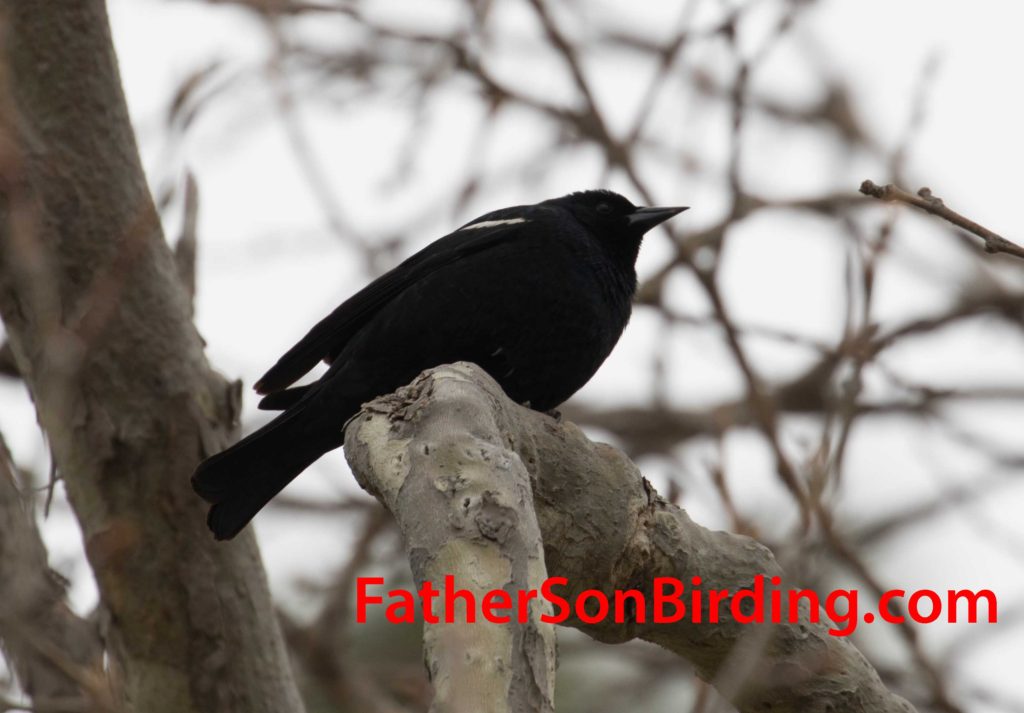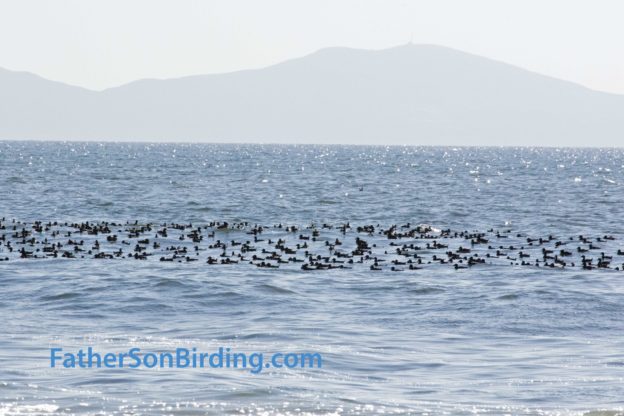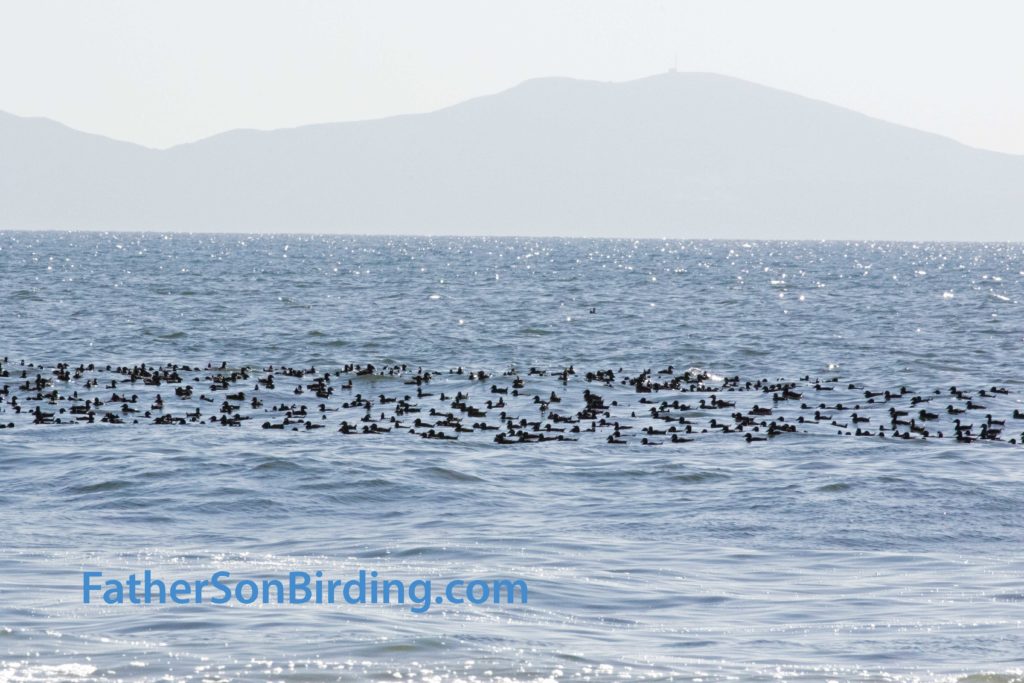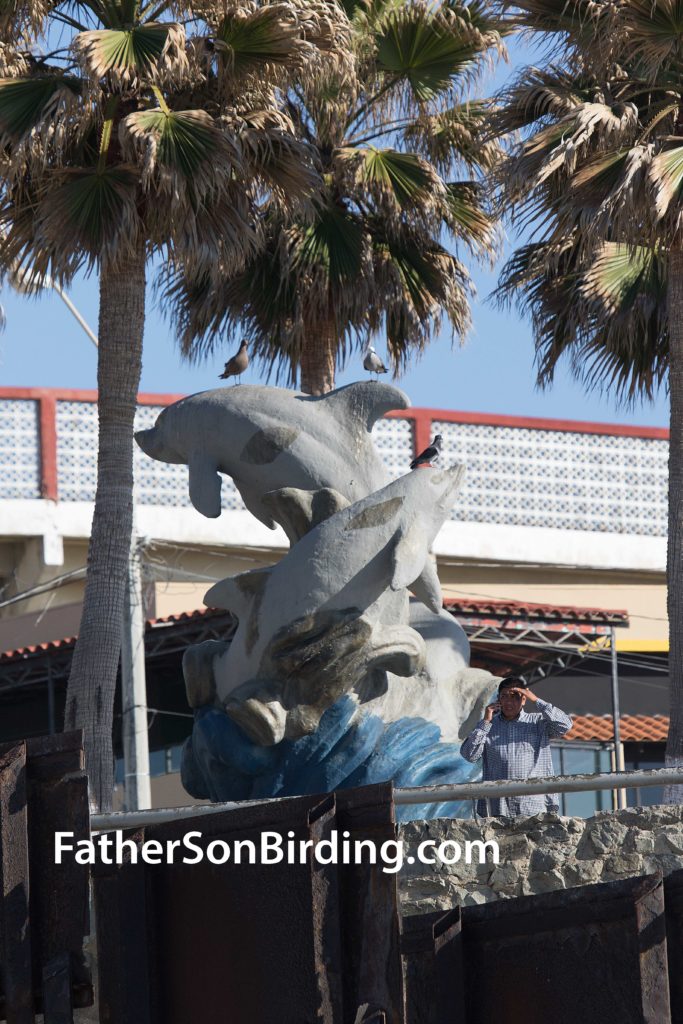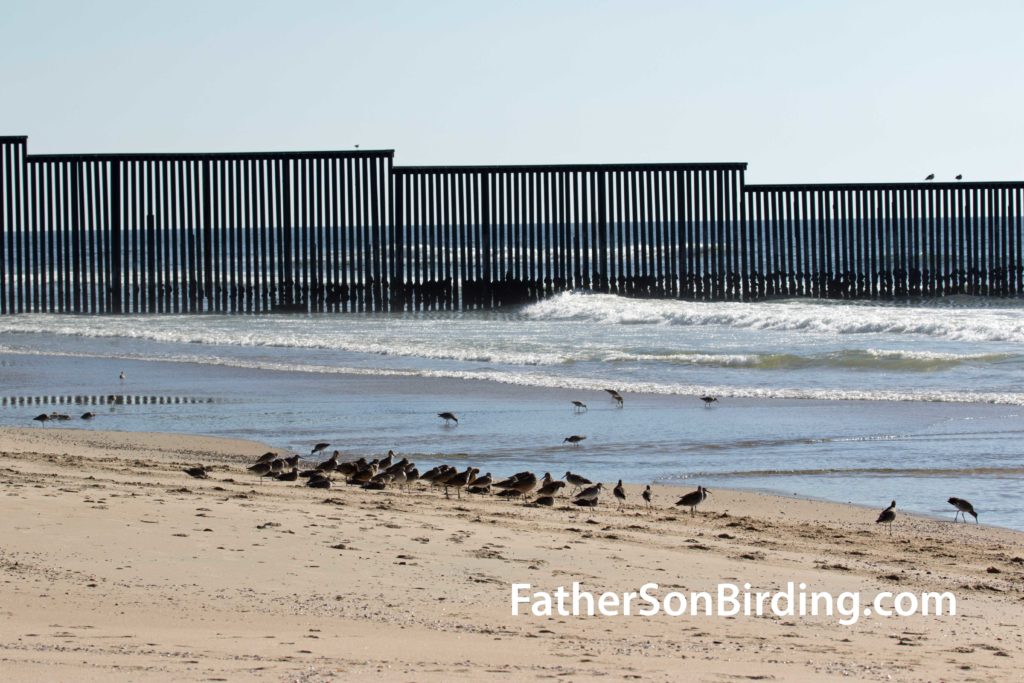Welcome to all of our new subscribers—and thank you for your interest! Please note that Braden and I are about to embark on a once-in-a-lifetime trip to the Middle East, so won’t be posting for a few weeks. When we do, we should have some amazing stories to share!
Season’s Greetings Fellow Birders! Between school exams, swim meets, book deadlines, and the general craziness of life, Braden and I haven’t been out birding a lot in the last few months, but we wanted to wish all of you Happy Holidays and a dawning new year of birding. With your patience, we’d also like to reflect a bit on the past year, the future, and what we can all do to help the animals that we love.

It was another amazing year of birding for Team Collard. Without intending to, we smashed our Montana Big Year records by at least a dozen birds each, with Sneed logging 222 species in the state (15 more species than in 2017) and Braden recording 225 species—12 more than in 2017. We also broke our combined Big Year record, though we’re too lazy to figure out the total (about 340 species together). This year, Braden tallied 44 new Life Birds while I added 21.
But while statistics are fun and motivating, for us they really aren’t what birding is about. Birding brings so many benefits to our lives, it’s hard to list them all, but top of the list are a chance to get outside, explore new places, see new species, learn about our remarkable planet, educate others about birding, and most of all, spend time together. This year, our favorite experiences included:
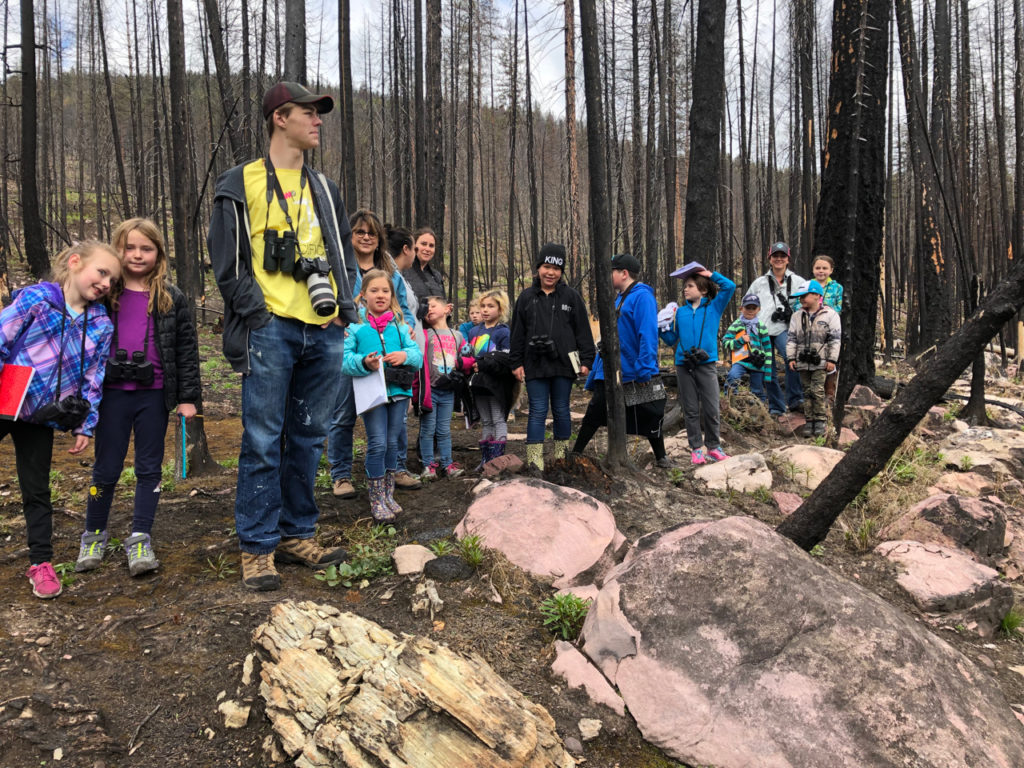
1) Participating in the San Diego Bird Festival
2) Getting to know Montana birds better
3) Leading birding trips for school groups and others
That last one brings up an important point. Those of us who love birds owe it to the planet to do as much as we can to protect them. That includes educating other people about the importance of birds and what’s happening to them worldwide. Don’t short-sell yourself. If you’ve ever been birding at all, you have important knowledge to share. Most people know almost nothing about birds, so even teaching a friend how to identify a House Sparrow or an American Goldfinch could be the beginning of a long and rewarding journey.
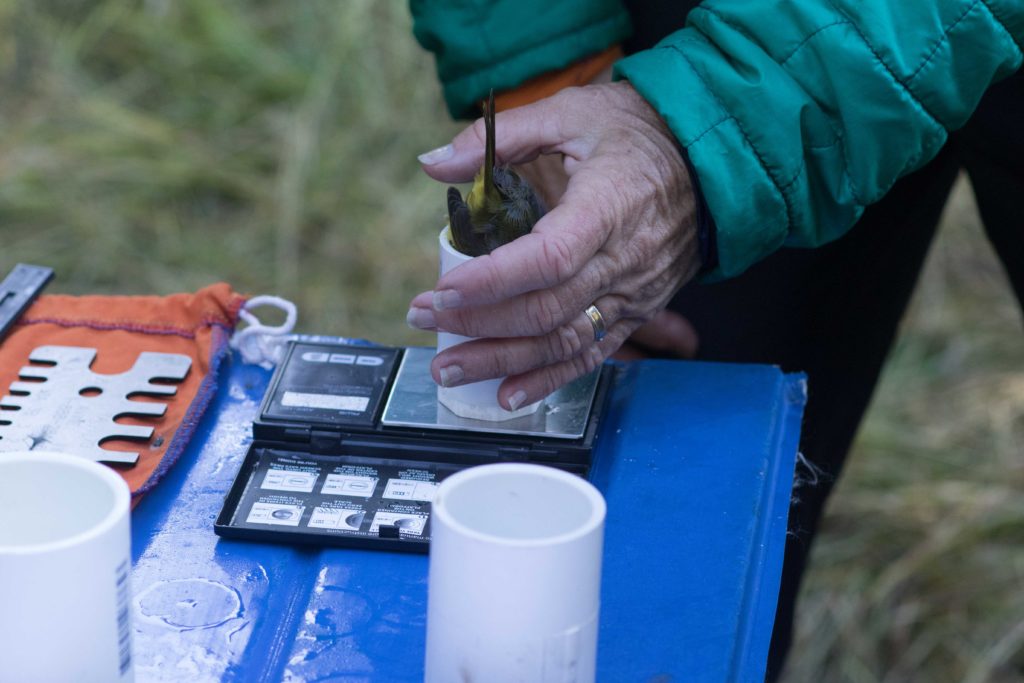
We especially want to encourage everyone to give as much money—yes, cold hard CASH—as you can to organizations that are helping birds. Because of this year’s higher standard tax deduction, charitable donations have plummeted, and that has hurt a lot of nonprofit groups—especially in an era when they need support more than ever. Keep in mind, too, that if you donate to National Audubon, that doesn’t necessarily do much to support your state and local Audubon chapters. You have to give to all three. Here are some of Braden’s and my favorite groups that we give to:
National Audubon Society, and State and local Audubon chapters
The Cornell Lab of Ornithology
Please check out these groups and GIVE UNTIL IT HURTS. We thank you, and appreciate all you do to share your love of birds and, even more, to make sure that the next generation enjoys a bird-rich planet.
